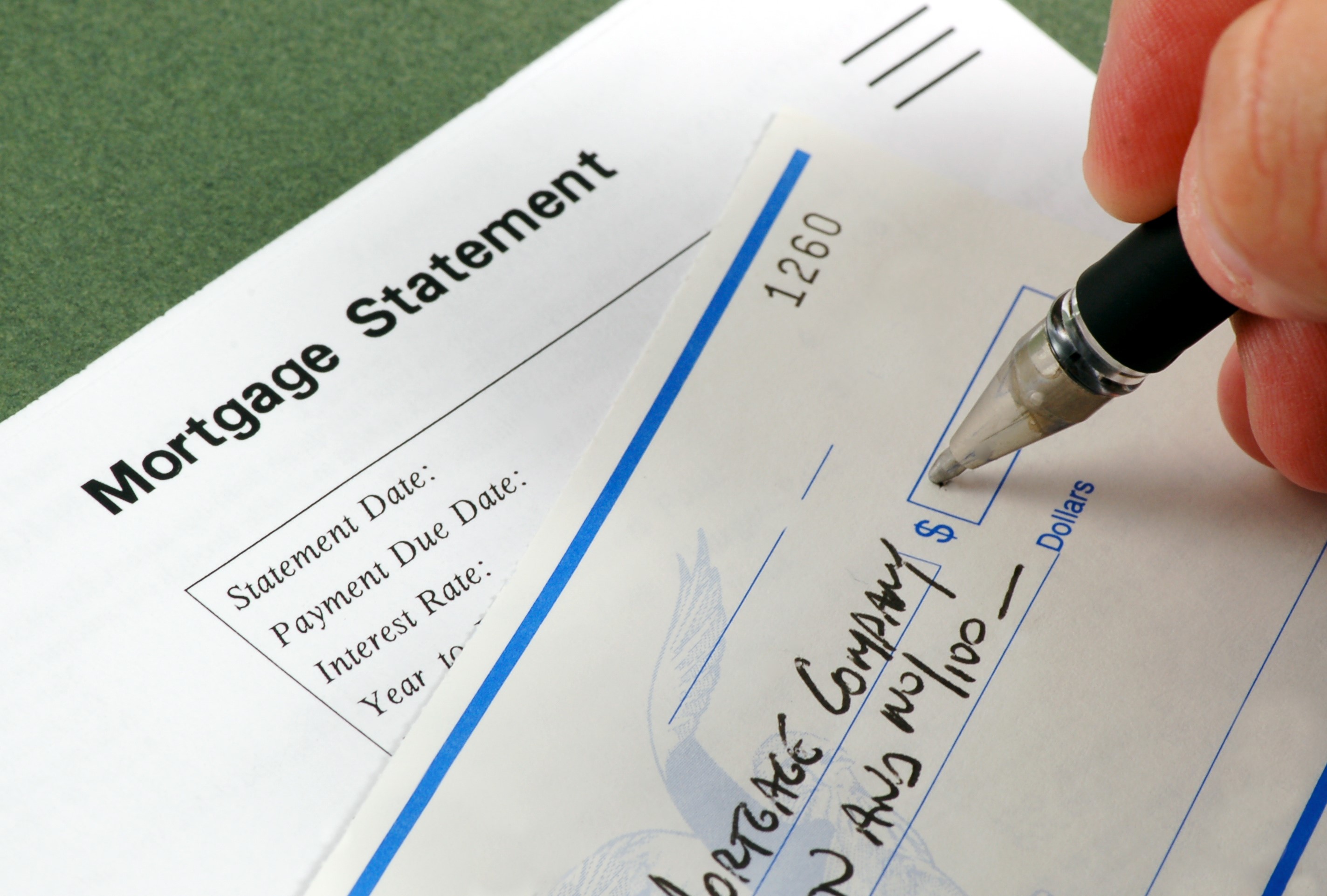Manufactured vs. Modular Homes
When it comes to residential construction, there is a wide range of housing options to suit different needs and preferences. Among these...

When comparing mortgage loan options, you will see two percentages — the interest rate and the APR. The interest rate is the cost of the loan itself. The APR is the cost of the loan to you. Reading these definitions next to each other, the difference seems minimal. One, however, is more comprehensive to your understanding of a loan offer.
Lenders determine interest rates based on a set of assumptions used to gauge how risky a loan is. The interest rates offered to you reflect how well you stack up to those assumptions, so you may see higher rates for lower credit scores or equity. APR incorporates the interest rate into a larger calculation that also includes the total cost of the loan (closing costs, points, etc.). It should never be lower than the interest rate.
The whole point of APR, as opposed to simple interest rate, is to help you understand the true cost of a loan. The Consumer Financial Protection Bureau (CFPB) requires that an APR disclosed to an eligible mortgage applicant must be accurate within 1/8% on a fixed-rate and 1/4% on an adjustable-rate mortgage. This is just an example of a rule. There is extensive legal language and guidelines centered on APR.
Lenders that do not follow the CFPB’s guidelines may be ineligible to close a loan and could be subject to penalty and/or fines. There are, however, some ways in which APR can be flawed or misleading when it comes to mortgage interest rates. Here are a few potential issues to keep in mind:
Overall, while APR can be a helpful tool for comparing mortgage offers, it's important to remember that it's not the only factor to consider. It's always a good idea to review the loan estimate carefully and to work with a trusted lender who can help you understand all the costs associated with your mortgage.
This is where CapCenter offers its greatest benefit. We offer a true Zero Closing Cost loan which, for the purposes of this topic, means your APR will equal your interest rate. The benefit is that once you have the loan you don’t have to worry about holding it to full term. You can monitor the interest rates and take advantage any time the rate drops. In fact, we calculate that you may benefit from our Zero Closing Cost loan product with a refinance every 0.125% drop. Lenders calculating APR assume you will hold a loan for the full term. If you don’t, the true APR goes up significantly because you already paid the up-front costs for the loan and will not get them back. Realistically, most people refinance their original loans. If you do not have to pay the up-front closing costs, you don’t lose the money when you refinance.
The interest rates a lender offers consider how risky — by their standards — it is to lend you money. One thing that can positively affect ‘riskiness’ is having a significant amount of equity in the home you are financing. This can mean paying a large down payment on a purchase or refinancing a property you’ve already built equity in. Lenders heavily consider your credit score when determining your interest rate. For more on credit score, click here.
If your credit profile is strong and you are eligible for the best rate, you can maximize your APR by finding a lender that covers all the extra costs associated with obtaining a mortgage. APR gives you an idea of the true cost of a loan. If there are no extra costs on top of a loan, the interest rate is the true cost of the loan. Find an example of this on the CapCenter refinance calculator. You’ll notice that on a standard refinance with no points, the interest rate and the APR are the same.
The intention behind APR is good. The goal is to give borrowers an accessible way to quickly compare loan offers. In practice, however, APR may not actually offer the transparency it is intended to provide.
You should avoid making a final decision based just on APR. There are potential flaws in how a lender calculates or represents APR. CapCenter’s Zero Closing Cost loans adjust for these flaws and allow you to take full advantage of any lower rate at any time, without losing money.

When it comes to residential construction, there is a wide range of housing options to suit different needs and preferences. Among these...

As a first-time home buyer, there can be so many new concepts, options, and terms flying around, it can sometimes feel a bit overwhelming. And...

As a first-time home buyer, there can be so many new concepts, options, and terms flying around, it can sometimes feel a bit overwhelming. And...

There are certain things that need to happen for the transfer of a property to be official, including the transfer of title and the official value...

5 min read
Coming up with a down payment may be the biggest hurdle for first-time homebuyers. It can be difficult to understand exactly how much you need and...

4 min read
In real estate, “contingent” means that a seller and buyer have agreed to terms on a property, but the final sale depends on certain conditions...